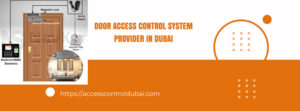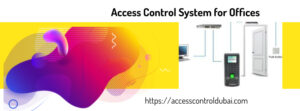The Role of Biometric Time and Attendance Systems in Improving Efficiency
When it comes to achieving efficiency in any business, how one manages time is paramount. If you’ve ever felt that your team is lagging behind in productivity or that business hours could be managed more efficiently, it may be worth considering how your team is logging their hours. But how do you measure an intangible asset like time? In today’s digital world, one innovative solution is emerging. This blog will explore the concept of Biometric Time and Attendance Systems. This technology, though often viewed as an ‘invisible’ element, plays a noteworthy role in organizational efficiency.
Stepping into the realm of biometrics might seem like a scientific leap, but the truth is that we might be using this Biometric Time and Attendance Systems technology daily without even realizing. In the simplest of examples, does the idea of unlocking your phone with a fingerprint ring a bell? But the potential goes far beyond just convenience, reaching into areas such as identity verification and operational efficiency.
We’ll delve into understanding how biometric time and attendance systems work, their integral role in improving efficiency, and their potentially far-reaching impact on organizational operations.
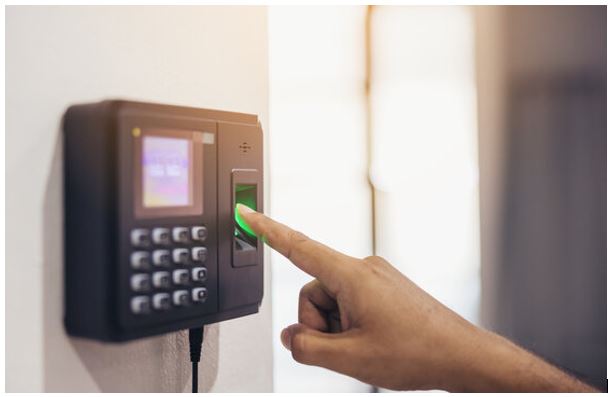
The Backbone of Biometrics: Understanding How it Works
Biometric technology is driven by the unique biological features that every person carries – be it fingerprints, iris patterns, face recognition, or even vein patterns in your palm. Using these secure traits, a biometric time and attendance systems ensures absolute accuracy in tracking your team’s working hours.
Applied within the context of businesses, the systems streamline the process of tracking attendance and time expenditure, effectively eliminating the possibility of ‘buddy punching’ or time theft. Beyond increasing time accuracy, these systems can also facilitate smoother HR processes, ranging from payroll calculations to leave management.
However, it is critical to remember that while incorporating this technology, businesses need to maintain a balance between utility and privacy, acknowledging their team’s comfort and upkeeping ethical considerations.
Why Deploy Biometric Time and Attendance Systems?
With increased accuracy and reduced labor, the benefits of Biometric Time and Attendance Systems are certainly compelling. But why should your business specifically consider their implementation?
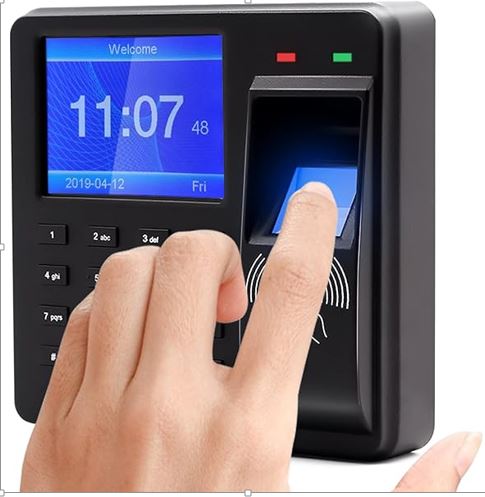
Numerous reasons justify the investment in these fingerprint attendance systems. Several small tasks like manual data entry or maintaining attendance records can occupy substantial resources, potentially diverting focus from core business operations.
Moreover, dealing with human-prone errors like incorrect entries or fraudulent time reporting can result in significant financial implications. Biometric systems bypass these issues, ensuring undisputable accuracy and reliability in time and attendance records, leaving no room for disputes or errors, and contributing to overall business efficiency.
When to Consider the Adoption of Biometric Systems?
Considering the adoption of a biometric system involves understanding the potential issues it might resolve and measuring them against the initial investment required.
If your organization employs a sizeable workforce, ensuring accurate timekeeping could be a daunting task. Also, industries that need to maintain strict control over operational hours, like manufacturing or health care, could significantly benefit from the precision and reliability offered by biometric systems.
However, understanding that such a system isn’t a magic bullet is critical. Smaller teams or flexible workplaces may not need such stringent controls, and the investment might be better directed elsewhere.
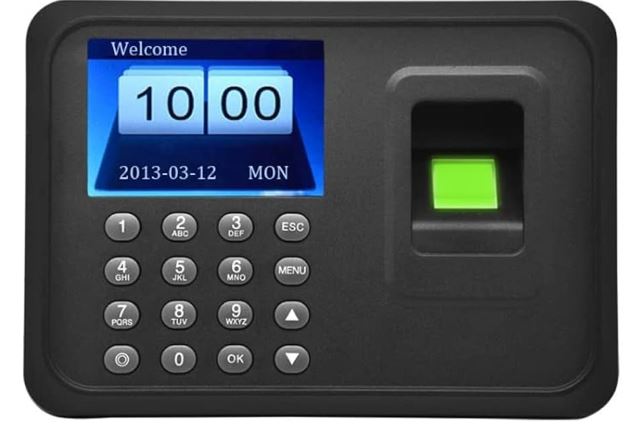
Potential Downsides to Biometric Systems
While the technology harbours great potential, it also brings forth concerns related to privacy and data security. These concerns are valid, given our increasingly digital world where cyber risks are becoming more prominent.
Employee uneasiness towards getting their biological data scanned and stored could be one hurdle to overcome. Misappropriation or data hacks could result in severe implications, both legal and ethical. So, businesses should ensure robust data security and transparent communication with their team regarding the usage and storage of such data.
Pivoting to a New Timekeeper: The Shift from Conventional Systems
The shift from conventional timekeeping methods to biometric systems is a significant one. Like all forms of digital transformation, it needs iteration and managerial support to drive the change.
While potential initial resistance from team members may present a challenge, once this technology becomes integrated, the advantages of accuracy, transparency, and efficiency become clear, leading to increased acceptance by staff.
Conclusion: Time Management Evolved
Biometric time and attendance systems represent a crucial intersection of technology and efficiency. Operating as a silent but effective timekeeper, they take the perceived monotony of time management and transform it into a streamlined, error-free operation.
Notwithstanding, the implementation of biometric systems should neither be rushed nor viewed as a cure-all solution. Instead, businesses should consider their current operational complexity, the team’s size, and the financial implications, balancing these against the expected benefits and potential pitfalls, ensuring privacy measures along the way.
Ultimately, as our work environments become further digitised, biometric time management systems might just become ubiquitous as our workplace’s invisible daily clocks.


